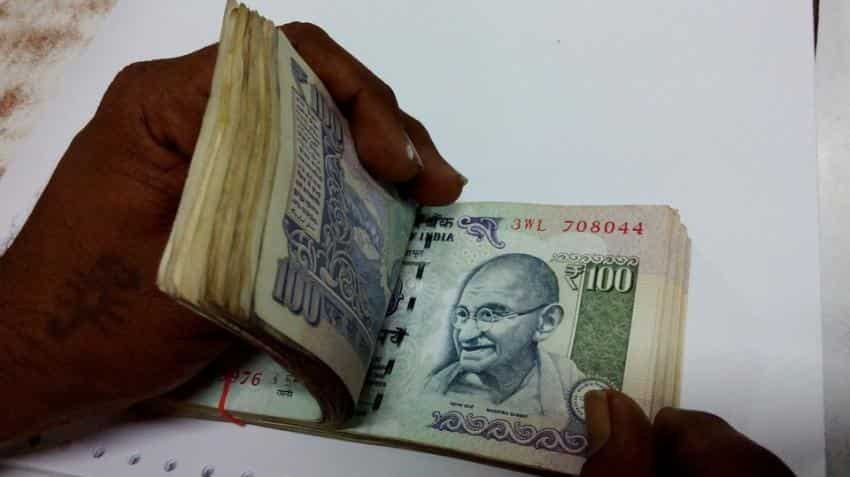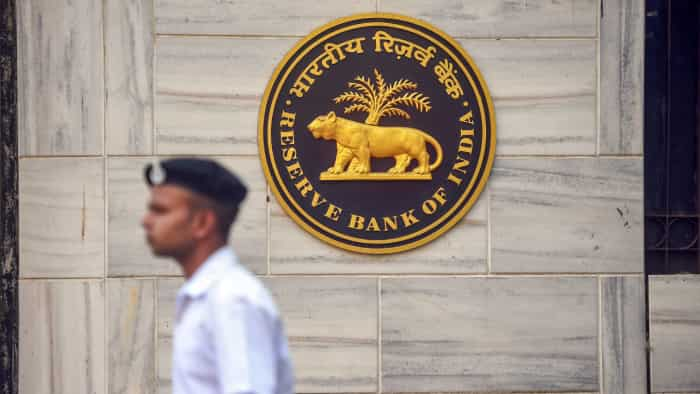What type of bank account is good for your money? check here
Many of us are not aware of what is transaction limit, benefits, minimum balance requirement or is there any income tax that needs to be filed on these account.

Our introduction to the banking universe start with Savings account, where we deposit our hard-earned money. But a wide-range of people in India still get confused when asked which kind of bank account they are using.
For instance, when we opt for withdrawal via ATMs, there always comes an option of Savings and Current account, and we often end up confused in selecting one option.
Not only this, many of us are not aware of what is transaction limit, benefits, minimum balance requirement or is there any income tax that needs to be filed on these account.
Therefore, it is always better to have a knowledge about which bank account we are using. Here's a detailed information of savings account and current account.
Savings Account
Under this account, you can save money, transfer funds, withdraw money and also earn interest on the funds you have deposited. This is considered as the best form of storing your money, as it gives dual benefit of liquidity and interest.
There are different types of savings account like specialized accounts for kids, savings account for women, pensioners savings account and also lifestyle and usage savings account.
Interest rates on these accounts are calculated on the minimum account balance and are usually credited to you on half yearly basis or quarterly basis depending on the savings account type and the bank’s rule.
At present, many banks are offering interest rate ranging between 3.50% and 7% depending on the amount of deposits made in these accounts.
As a person earns extra on this account than the deposit made, mostly people don't use it frequently.
Banks have limited number of transactions on savings account, somewhere between 3 and 5 per month. If you exceed the limit then there will be charges levied. A cheque book will be given while opening such accounts.
Apart from limited transaction, there is are also penalties levied by banks on maintaining minimum balance. Many banks use the terms minimum daily balance, minimum quarterly balance or just minimum balance. Average Balance means the amount that has to be maintained in your savings account over a certain period of time.
Average Balance is calculated by summing up the everyday balance and dividing it by the number of days in the defined period.
Now coming back to an important point, the interest which you earn on your savings account is called an income from other sources and thus they need to be filed for Income Tax Return.
Balance in SA exceeding Rs 10,000 will be taxed at marginal rate of the concerned account holder. It is also important to note that interest from a savings account is not an exemption but a deduction. As per 194 A of IT Act, Tax Deducted at Source (TDS) is not applicable for a savings account.
A savings account transaction can be made internet banking and phone banking. You can transfer funds using NEFT & IMPS, pay utility bills, check transactions and link credit card accounts to your savings account using Internet Banking facility without any hassles.
Current Account
Unlike savings, people open current account to make higher number of transactions with banks on a regular basis. It is created by the bank on request of the applicant and is made available for frequent or immediate access.
It allows to make payments to creditors via cheque facility, and account holders can easily avail overdraft facility up to an agreed limit.
It offers cheque books, debit cards and overdraft facility, besides having other features like internet banking, SMS banking, Free RTGS and NEFT transactions.
Banks provide exclusive offers and benefits to account holders who carry out high financial transactions.
Also, there are no transaction limit provided on these type of accounts. However, just like savings one, a current account also should have a minimum balance or else will face penalty.
While the minimum balance requirement of some public sector banks starts from Rs 1,000, private banks can insist that you maintain Rs 25, 000 to Rs 75, 000 as quarterly balance.
One of the important points to remember is that, current accounts do not provide interest on your deposits and considering that it is mostly used for high-daily transaction it requires higher minimum balance compared to savings account.
If you do not receive interest on current account, which means you do not have to file for an income tax returns too.
Well, by now you would have got the information as to which bank account you are using currently.
Get Latest Business News, Stock Market Updates and Videos; Check your tax outgo through Income Tax Calculator and save money through our Personal Finance coverage. Check Business Breaking News Live on Zee Business Twitter and Facebook. Subscribe on YouTube.
RECOMMENDED STORIES

Katra-Srinagar Vande Bharat Train: Northern Railway announces train timings; check fare, route and other key details

Latest SBI Senior Citizens FD Rates: What will you get on maturity if you invest Rs 9,89,898, Rs 8,78,787, and Rs 6,56,565 in Amrit Vrishti, 1-, 3-, and 5-year FDs?
07:52 PM IST










 Hidden charges on SBI ATM cards: Is your money disappearing quietly?
Hidden charges on SBI ATM cards: Is your money disappearing quietly? Latest personal loan interest rates for SBI, PNB, Bank of Baroda, HDFC bank and ICICI bank
Latest personal loan interest rates for SBI, PNB, Bank of Baroda, HDFC bank and ICICI bank 8 post office investment schemes that offer over 7% guaranteed return
8 post office investment schemes that offer over 7% guaranteed return Millennials turning towards new-age investment instrument fractional investing: Report
Millennials turning towards new-age investment instrument fractional investing: Report  Income Tax: How are e-filing and e-payment of taxes different? Know details here
Income Tax: How are e-filing and e-payment of taxes different? Know details here